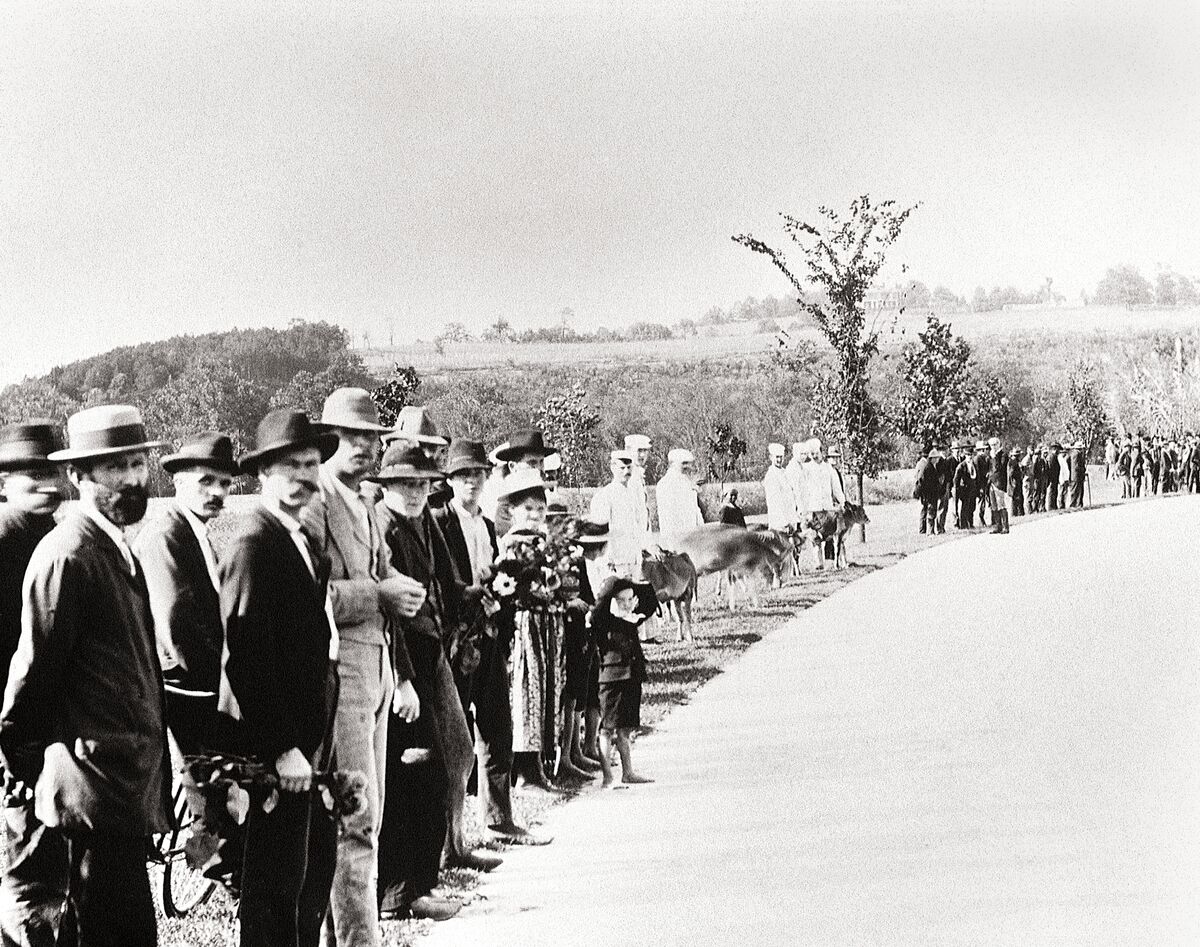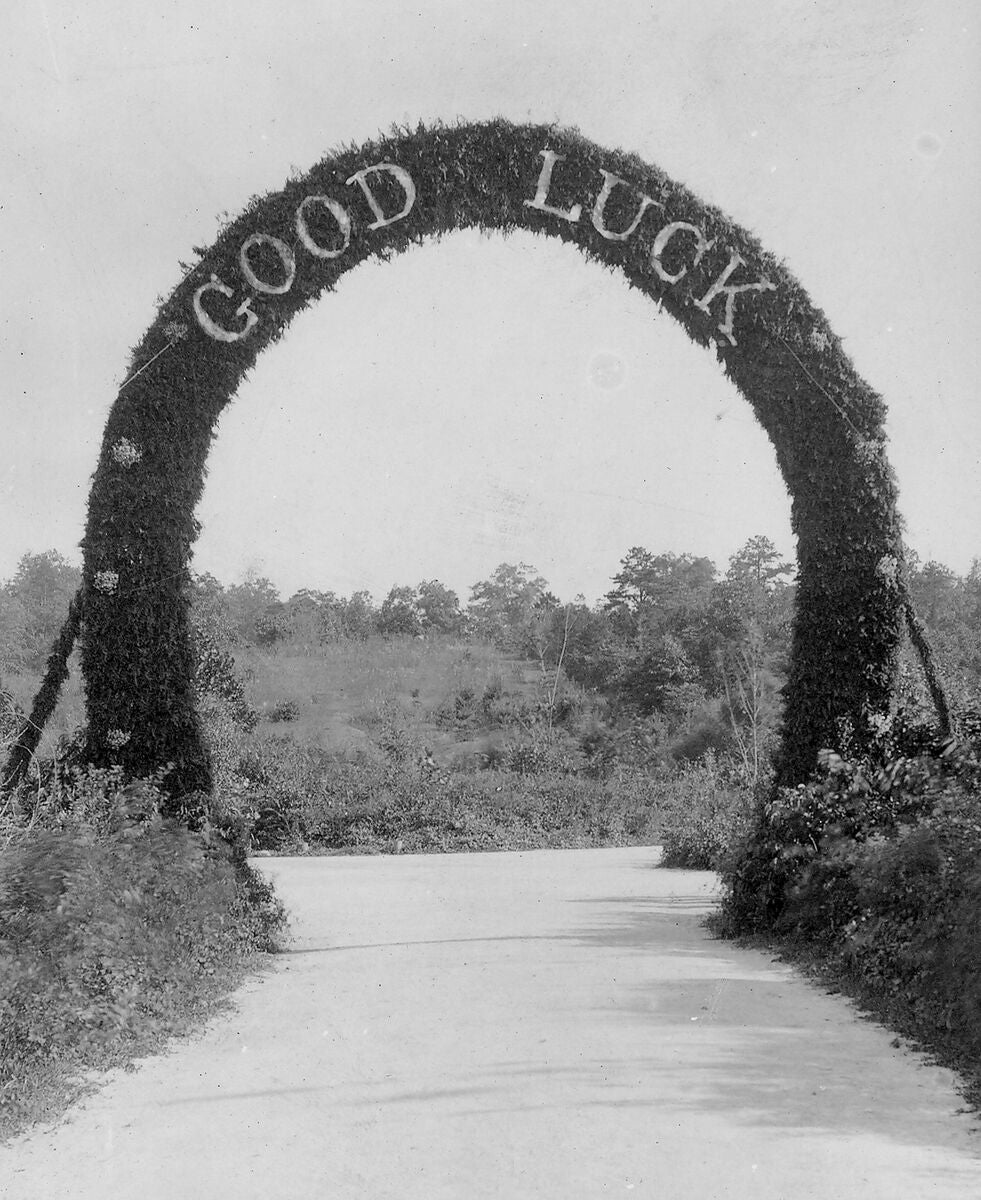After almost two years of planning, Biltmore’s newest costume exhibition, Glamour on Board: Fashion from Titanic the Movie, is beginning to come to life.
While key costumes from the film have been shown in other places, this is the first large-scale display—including outfits of background characters, shoes, accessories, and more.
All that’s to say, Leslie Klingner, Biltmore’s Curator of Interpretation; Anne Battram, our Upholstery and Textile Conservator; and Janey Abbott, Costume Specialist, have been hard at work. Anne and Janey began dressing mannequins back in May and they’ll be the first to admit: There’s more to the task than meets the eye.
1. Outlining the exhibition
Before the costumes were chosen at Fox Studios, Leslie worked with other members of our Museum Services team to map out the storyline of the exhibition, which informs where the costumes will be placed throughout Biltmore House.
“This plan shifted a bit as we saw what costumes were available,” said Leslie. “Some were so striking that it was clear immediately in what room they could best be showcased.”
As Titanic is set in the early 1910s, many of the period-specific costumes paired easily with the interior of America’s Largest Home®—but others required some judgement calls.
.jpg)
For instance, one costume in the film’s collection is a beautifully intricate maritime officer’s uniform.
“The artistry of the piece is truly incredible,” Leslie said, “and the Captain’s story is an important one, but that outfit simply doesn’t make sense just anywhere in Biltmore House. In the end, we decided that it made the most sense in the Banquet Hall, knowing that when the Vanderbilts’ travelled, they would have often been invited to dine at the Captain’s table. We wanted to convey a sense of that through this exhibition.”
2. Documenting the costumes of Glamour on Board
Not long after the flow of the exhibition is outlined, the costumes begin to arrive. At this point, Leslie and Janey must photograph each of the 511 items to document their condition and arrangement upon arrival.
“The process is far more involved than dressing a retail mannequin,” explains Leslie. “These costumes are iconic and hold cultural and historical value, so we have to pay attention to the details of every single piece.”
The team then creates an inventory sheet for each costume, identifying all of the pieces included as well as a film still showing the costume on its character.
3. Dressing the mannequins
Before actually dressing the mannequins, Leslie and Anne pair the costumes with the most appropriate mannequin.
“Our mannequins are custom made,” explained Leslie, “and as styles change with the times, it’s important for each to reflect the style of dress from that era. We pad out mannequins to best support the textiles while they are on display and also try to reflect the form of the actor who originally wore the outfit.”
“For some costumes, we need mannequins whose poses can accentuate certain accessories, such as shoes or a fan, while still appearing anatomically correct,” added Janey.

Finally, Anne and Janey put the costumes on the mannequins and Leslie checks to see what may need adjusting to make the pieces as authentic as possible—which can be anything from needing extra padding to create a certain shape to finding creative ways to resolve issues that arise.
They then take the costume off, make the adjustments, put the costume back on, and check their work.
“No matter how well we plan, there is always something that didn’t fit quite how we expected,” said Leslie. “Anne and Janey have come up with countless ways to mask small gaps between buttons or to create the illusion of a lengthened hem. It’s an art!”

“It really is a challenge in 3D thinking,” says Janey. “We’re essentially creating form from the inside out.”
In the last few months of dressing, this team will be adding wigs custom-made of watercolor paper and jewelry for a final touch. Meanwhile, our Floral team is planning complementary décor for the rooms and our Engineering and Conservation teams plan for lighting, object movement, and installation.
Join us for the exhibition and see how all of the hard work pays off. Also, be sure to ask about our limited-time Glamour on Board Premium Guided Tour. In this 90-minute tour, you’ll learn captivating stories behind the costumes’ creation, and get fascinating insights into the elegance of the era’s fashions, culture of the times, costume design, and making of the film.



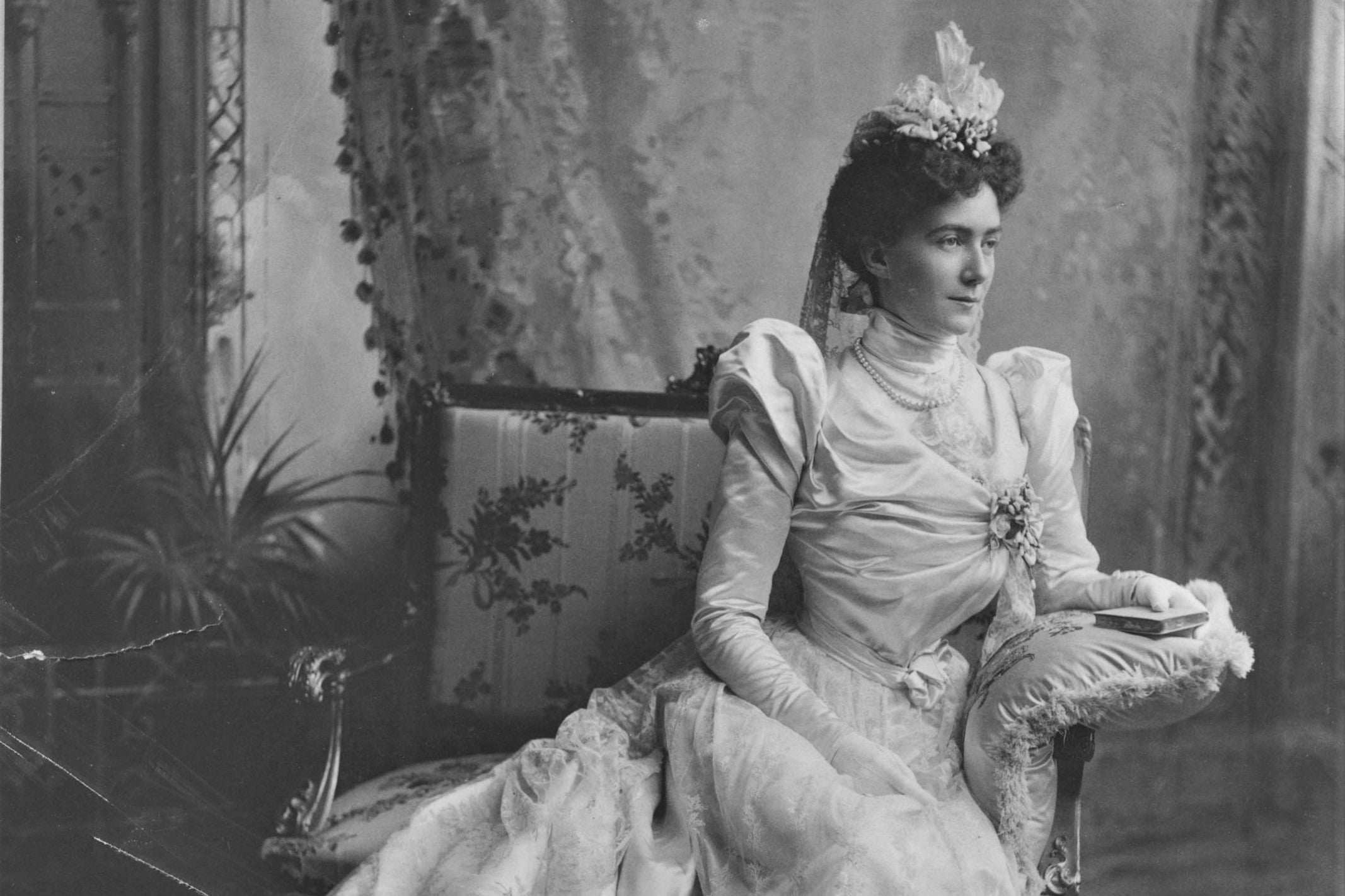
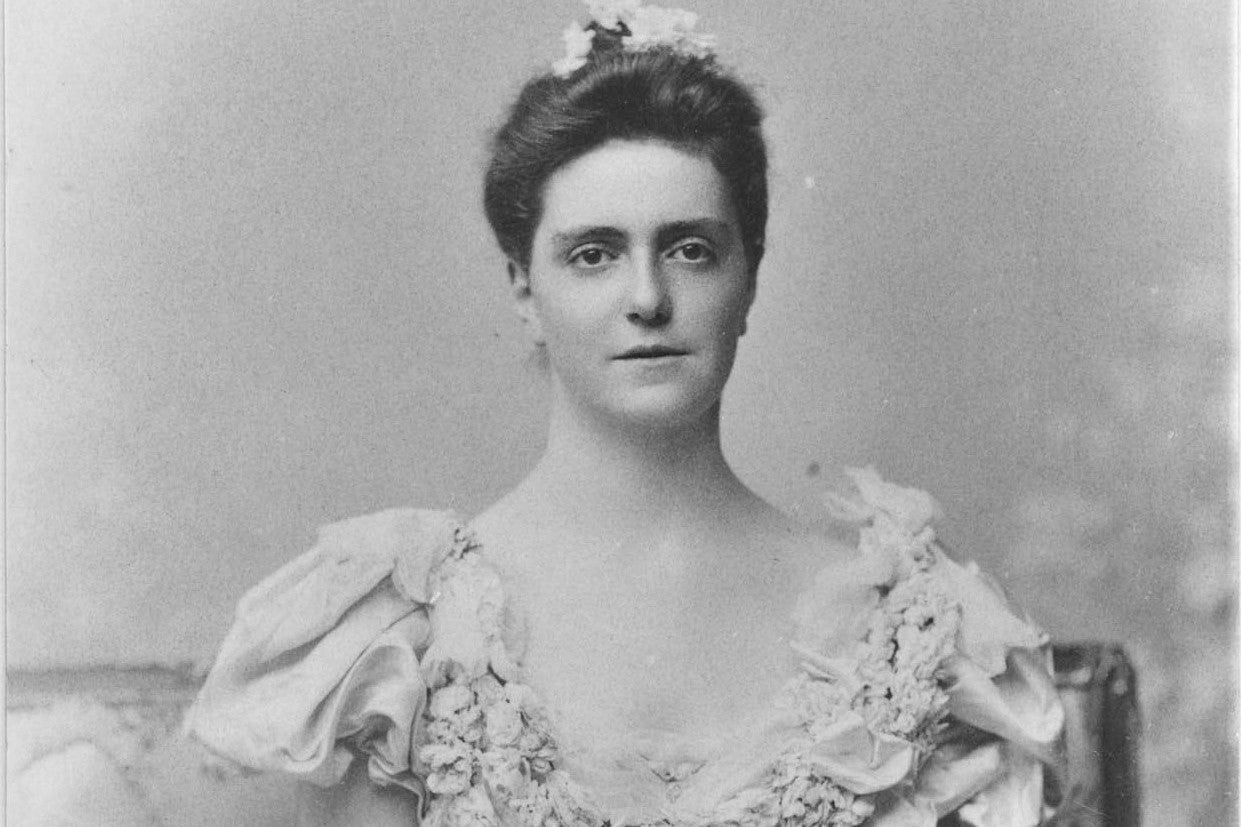
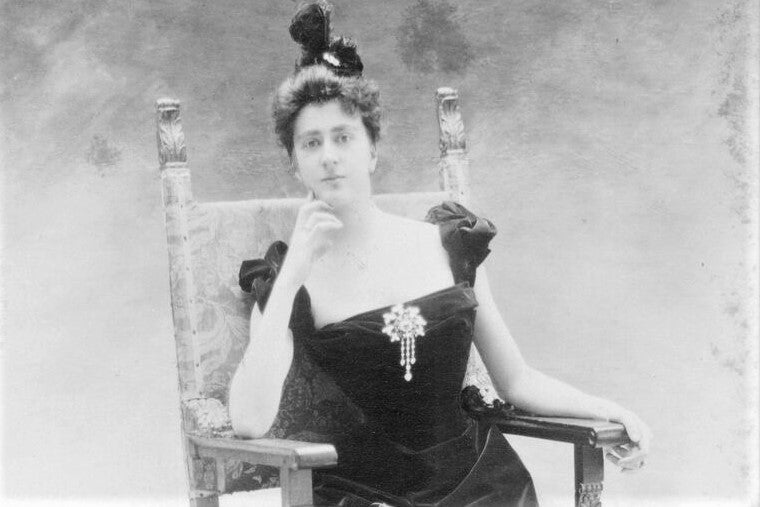
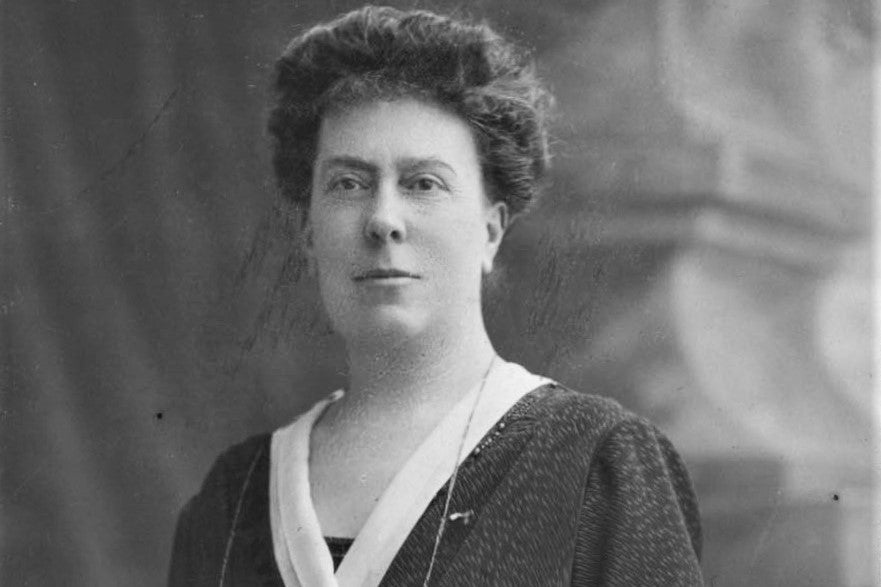
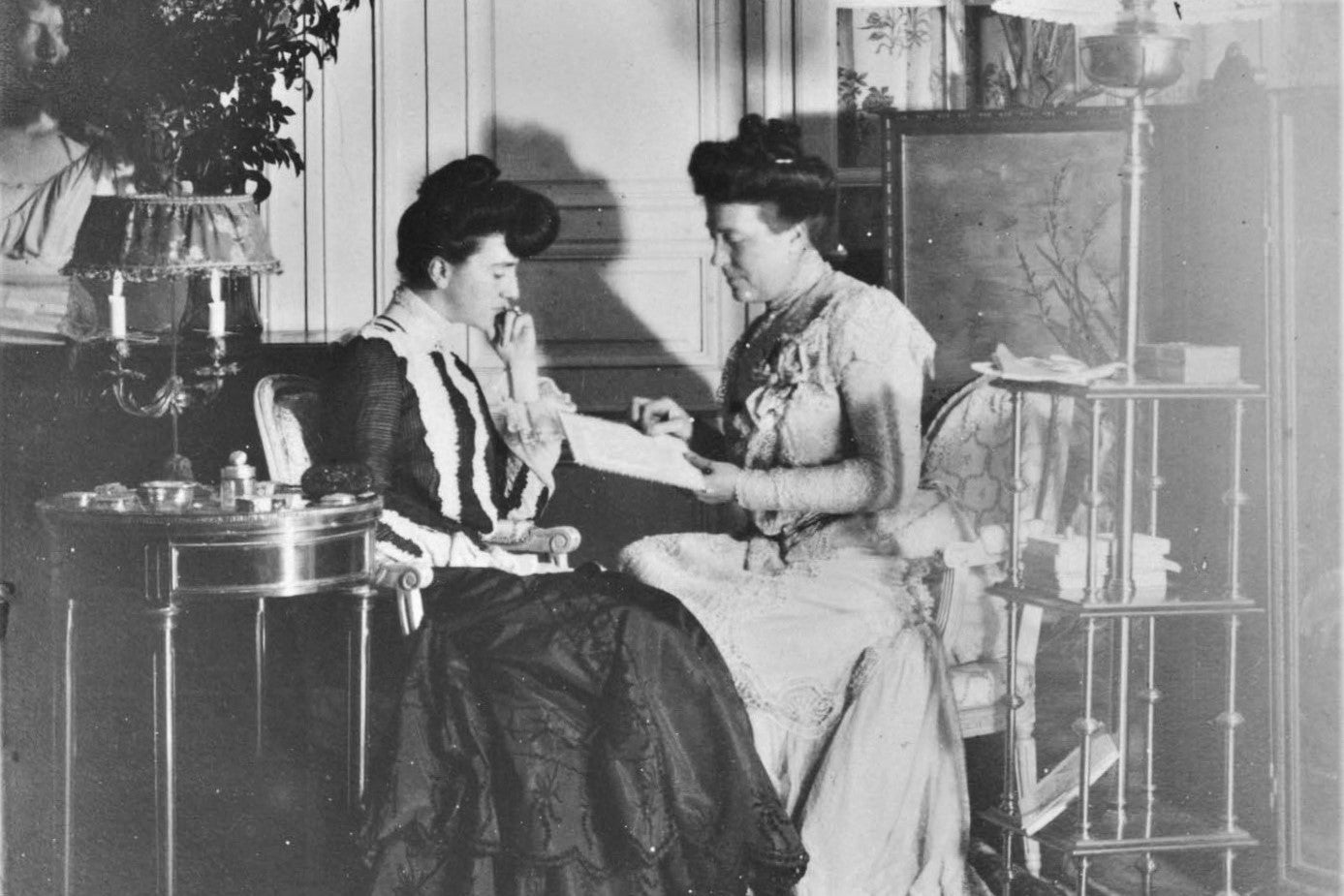
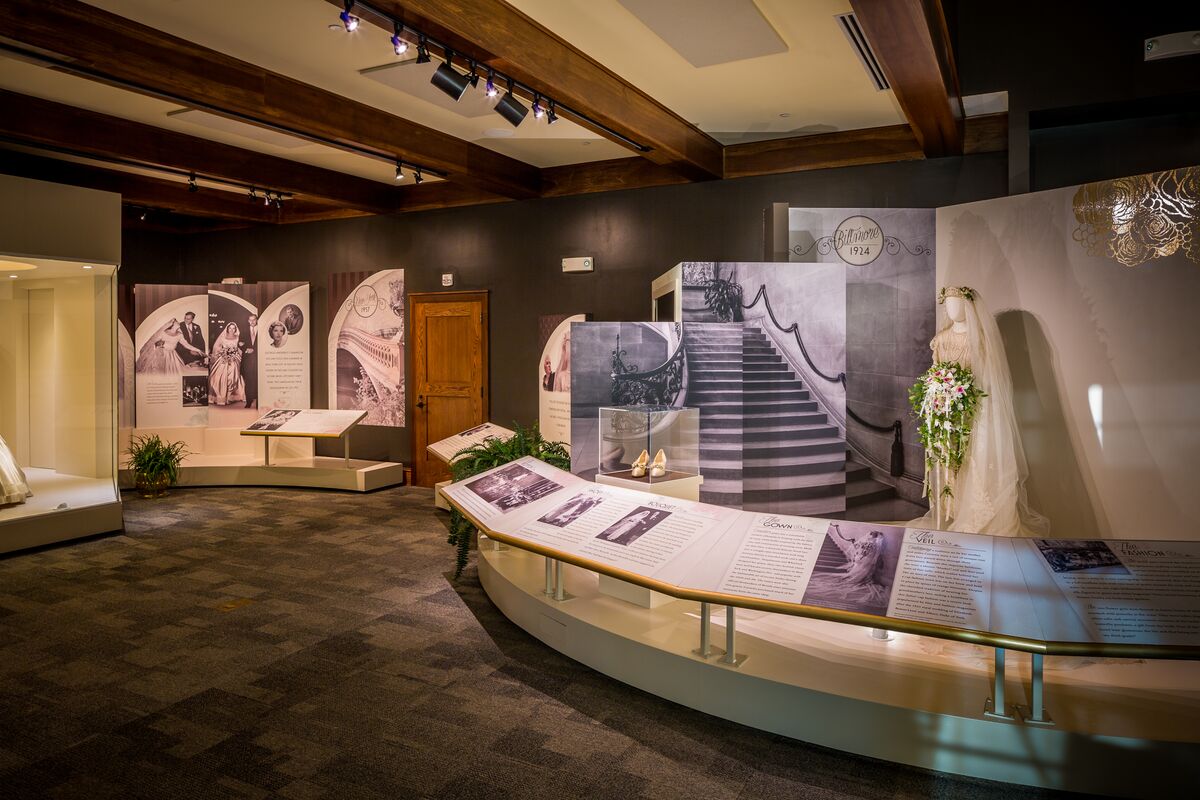
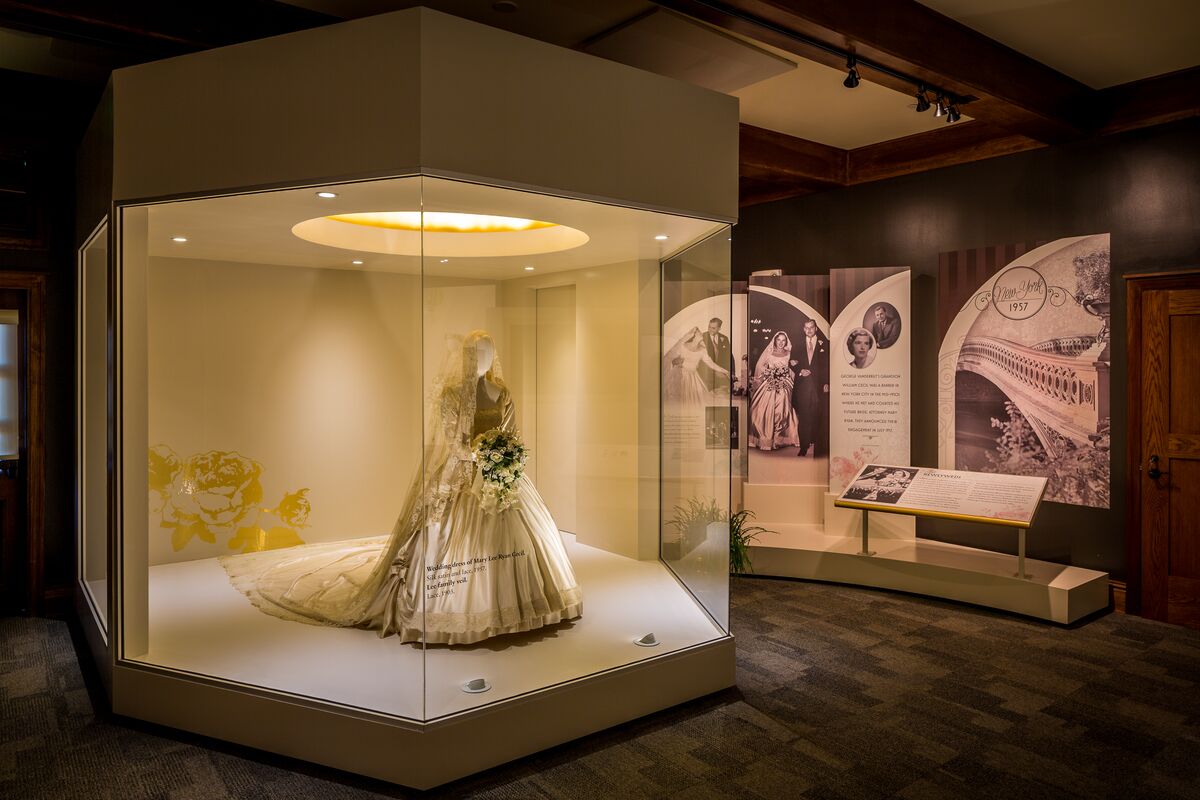
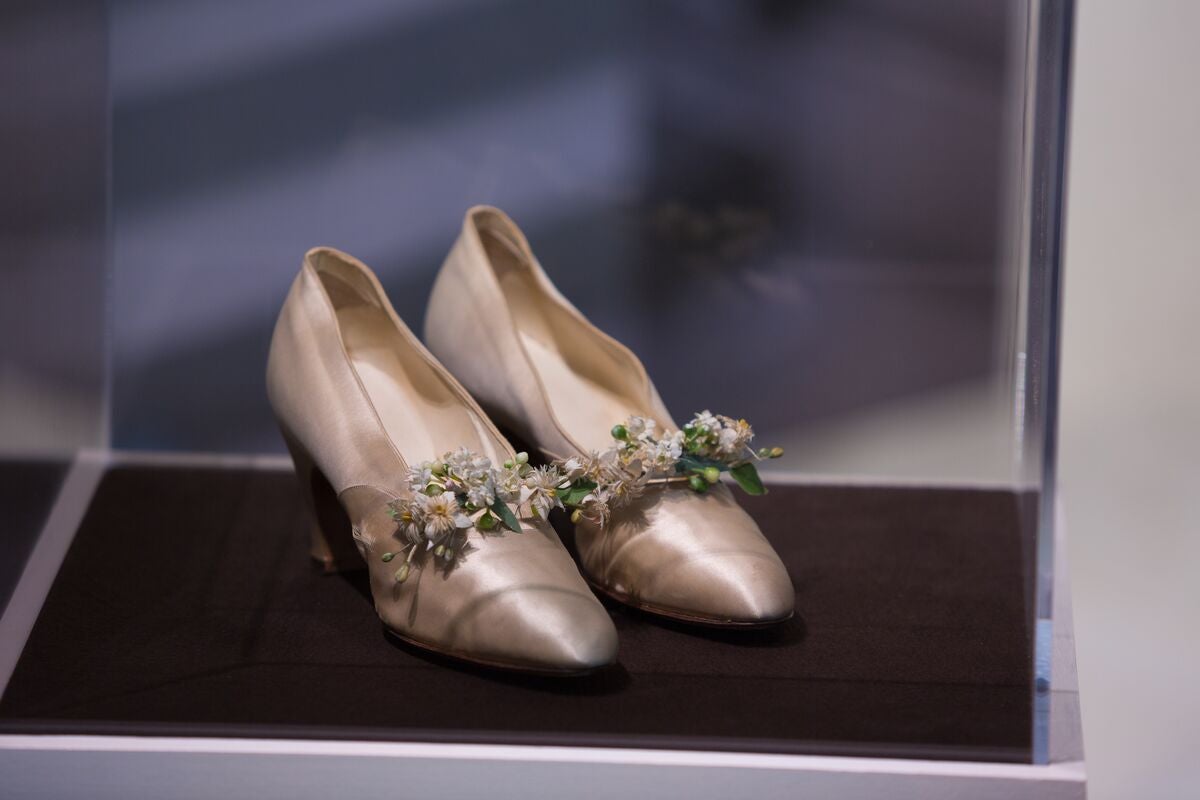
 Both of Edith’s parents both passed away in 1883, but the children’s elderly maternal grandparents stepped in to raise the five siblings who ranged in age from six to nineteen. The young Dressers moved to their grandparents’ home in Newport, and a governess named Mademoiselle Marie Rambaud was added for the girls. Pauline’s memoirs mention how Mademoiselle Rambaud had the Dresser girls adhere to the following regime:
Both of Edith’s parents both passed away in 1883, but the children’s elderly maternal grandparents stepped in to raise the five siblings who ranged in age from six to nineteen. The young Dressers moved to their grandparents’ home in Newport, and a governess named Mademoiselle Marie Rambaud was added for the girls. Pauline’s memoirs mention how Mademoiselle Rambaud had the Dresser girls adhere to the following regime: Following the death of their grandmother in 1892, Edith and her sisters spent some time traveling, returning to Newport for a few months before taking an apartment in Paris for the next several years.
Following the death of their grandmother in 1892, Edith and her sisters spent some time traveling, returning to Newport for a few months before taking an apartment in Paris for the next several years.